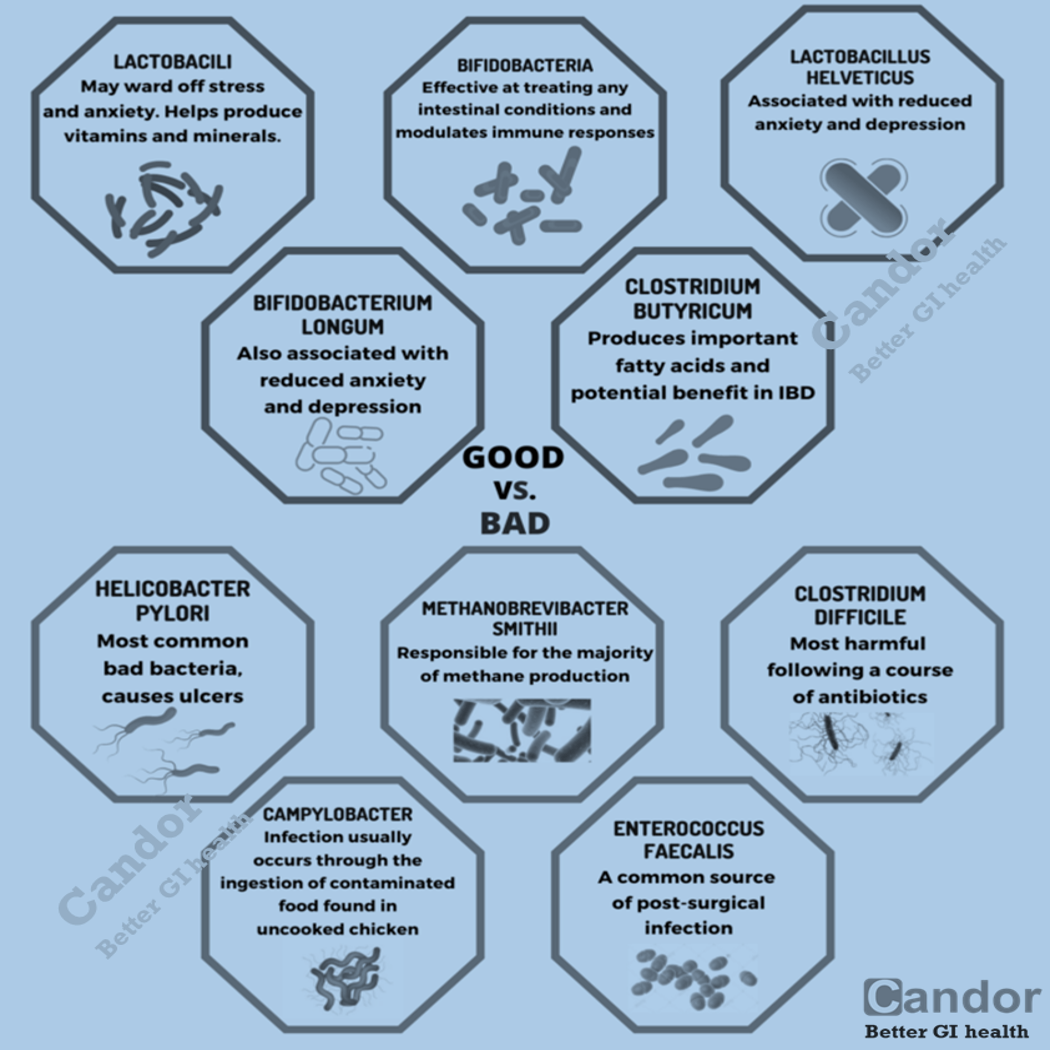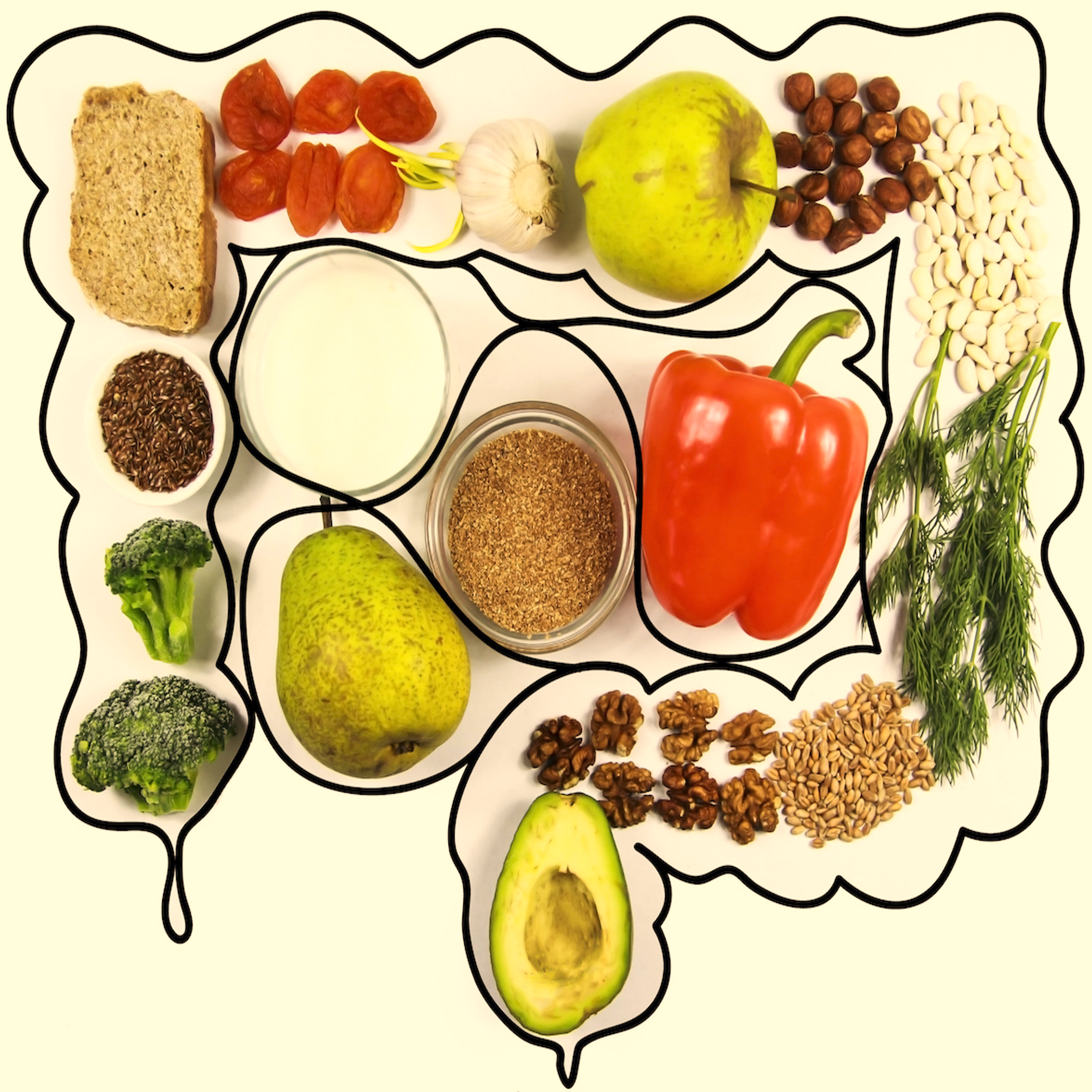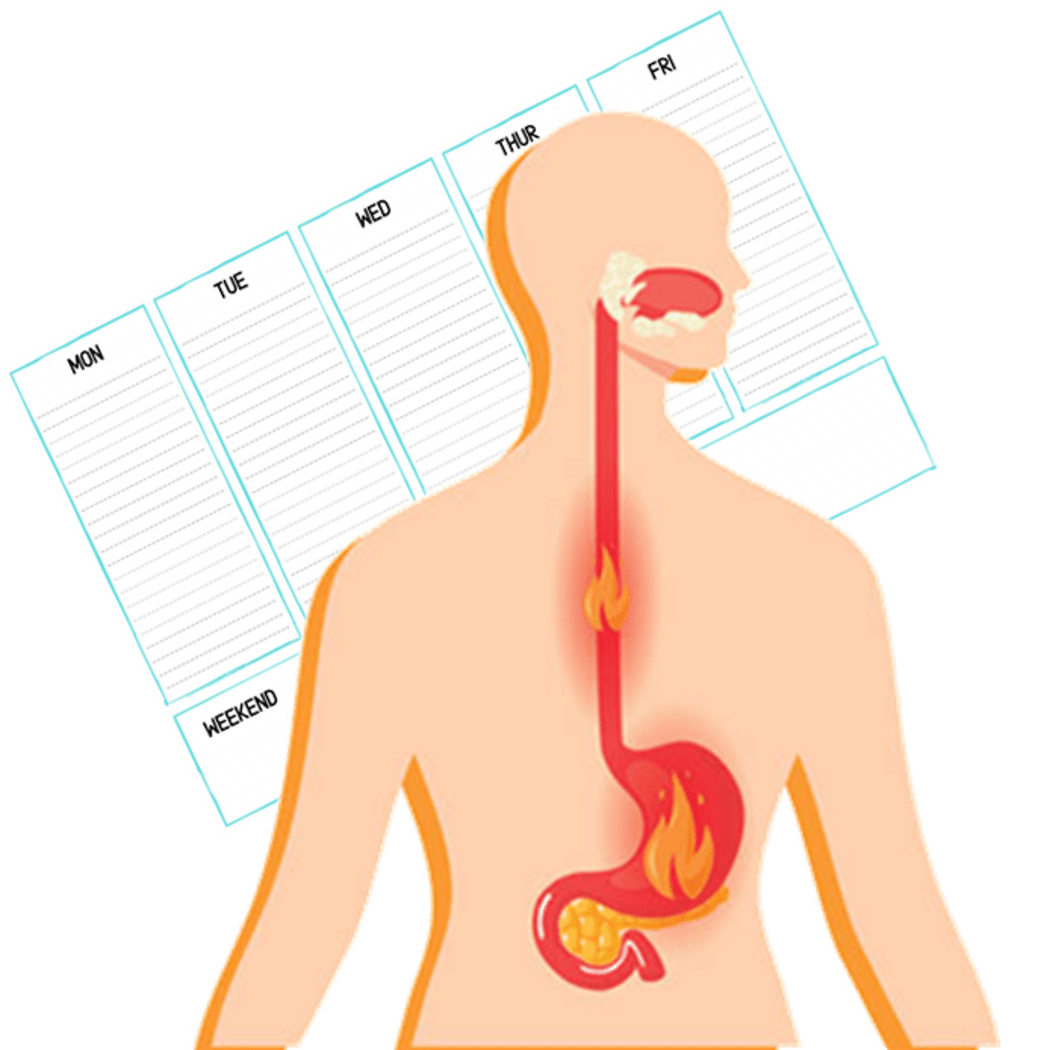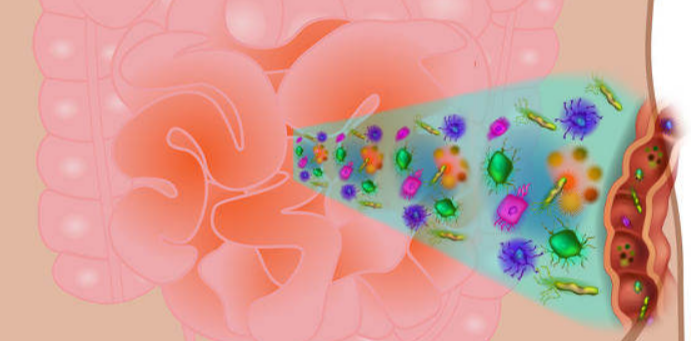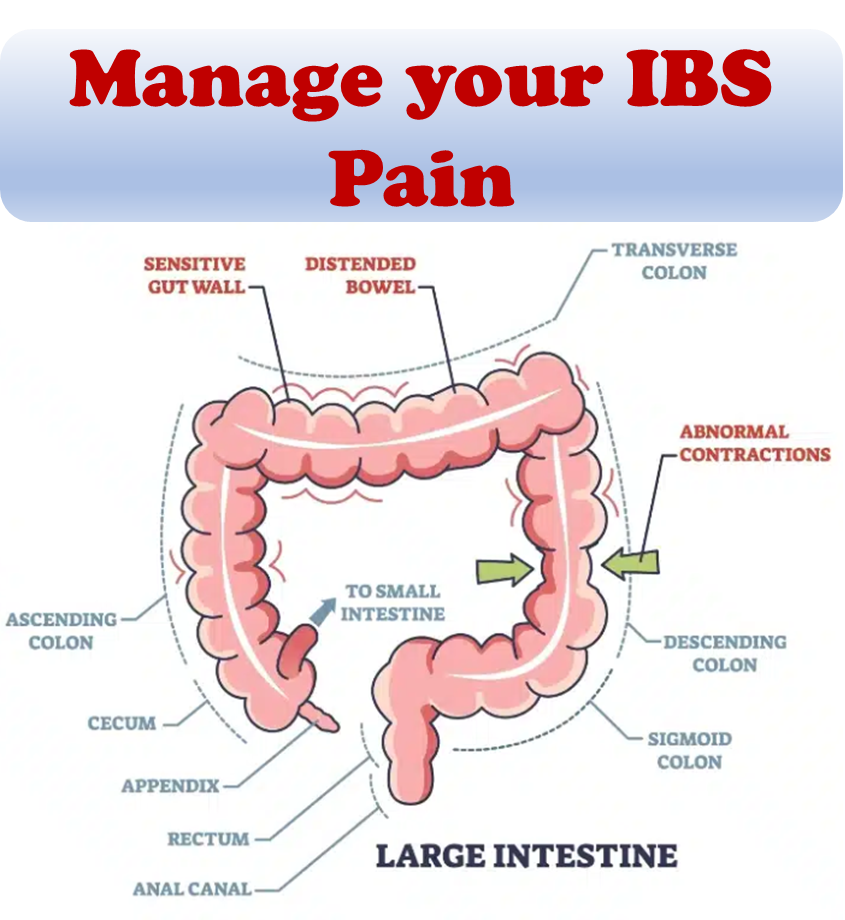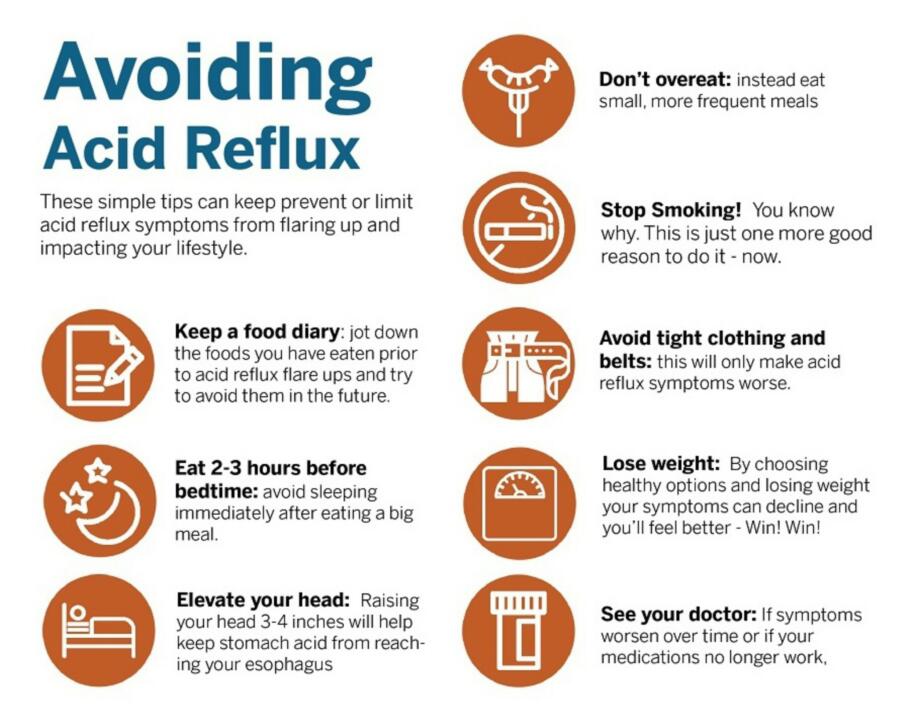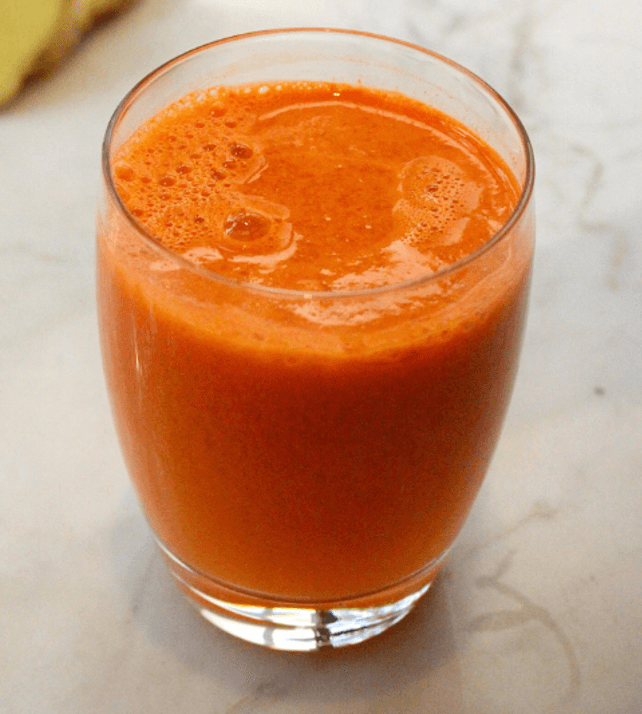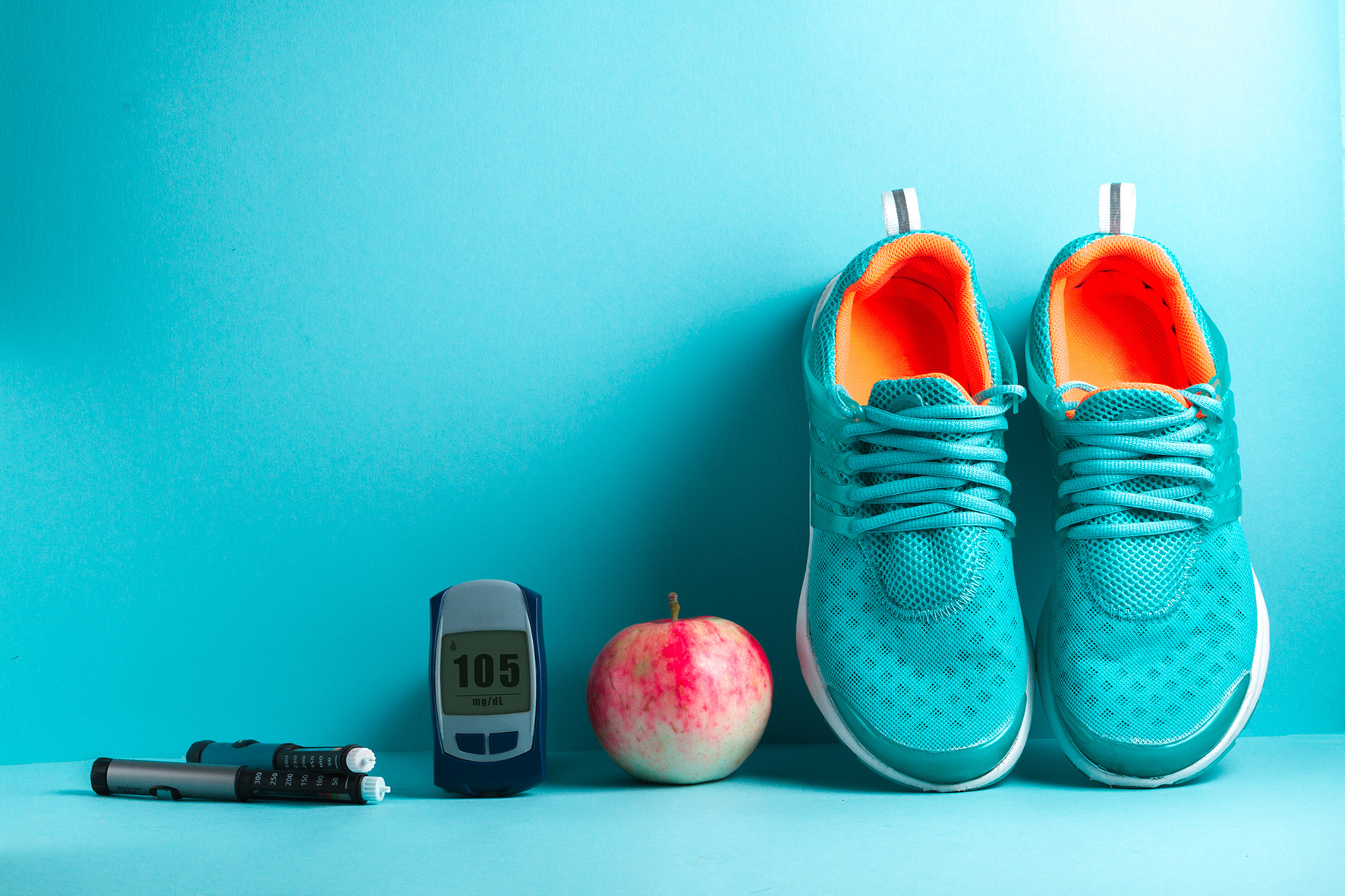What are the Typical Treatment Paths for Crohn’s?
Aminosalicylates: These include medications that contain 5-aminosalicylic acid (5-ASA), and work by inhibiting certain pathways that produce substances that cause inflammation. They can work in the lining of the GI tract to decrease inflammation. They are thought to be effective in treating mild-to-moderate flares of Crohn’s disease, and work best in the colon.
Corticosteroids: These medications affect the body’s ability to launch and maintain an inflammatory process, and work to keep the immune system in check. Corticosteroids are used in people with moderate to severe Crohn’s disease. Corticosteroids are effective for short-term control of disease activity and are not recommended for long-term use due to associated side effects.
Immunomodulators: This class of medications controls or suppresses the body’s immune system response, therefore decreasing inflammatory activity. Immunomodulators are generally used when aminosalicylates have not worked well. Some immunomodulators are added to make other medications, such as biologics, work better by preventing the antibody formation to biologic medications. They may be useful in reducing or eliminating the need for corticosteroids, and may also be effective in maintaining remission in people who haven’t responded to other medications.
Biologic therapies: These are protein-based therapies made from living organisms, and are antibodies that stop certain proteins in the body from causing inflammation. They are currently offered in injectable form, or through intravenous infusion. Biosimilars (similar, near identical copies of another already approved biologic therapy) can have the same safety and effectiveness, and are taken in the same way as the originator drugs.
Antibiotics: Antibiotics may be used when infections such as abscesses occur in Crohn’s disease. They can also be helpful with fistulas around the anal canal and vagina.
References:
1. National Institutes of Health (NIH)
2. National Institute of Diabetes and Digestive and Kidney Diseases (NIDDK)
3. Crohn’s & Colitis Foundation


